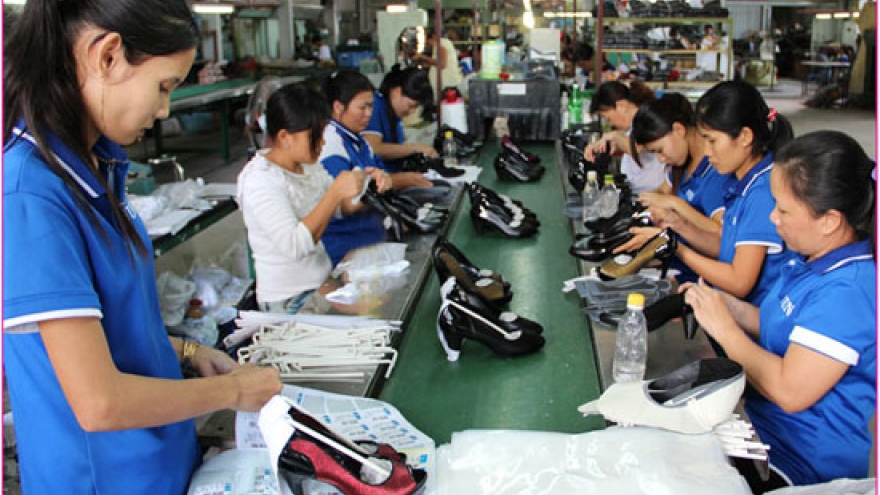Growth slows down, manufacturers try to find niche markets
As the motorbike market is going flat, manufacturers have to reform technologies and penetrate niche markets to boost sales.
 |
The figure is even higher than the target of 36 million motorbikes in circulation set by the Ministry of Transport for 2020.
In 2016, Honda, Yamaha, SYM, Piaggio and Suzuki sold 3.1 million products, an increase of 10 percent over 2015.
Lu Tien Fu, general director of SYM, commented that the sales in 2016 increased thanks to the price decreases, sale promotion campaigns and attractive credit programs launched by banks.
Lu believes that Vietnam’s public means of transport will not develop well enough in the next three years, so "motorbike manufacturers would still have opportunities" in the Vietnamese market.
However, this doesn’t mean that the ‘market’ would become larger.
Toshio Kuwahara, general director of Honda Vietnam, said Honda Vietnam would strive to maintain the growth rate it gained in 2016 by developing models based on customer demands.
Honda Vietnam focuses on scooters and common motorbikes. Besides, it would also develop sports motorcycles as this is now trendy in Vietnam, especially ones equipped with fuel energy engines which reduce emissions.
Admitting that Suzuki’s market share in 2016 did not increase compared with 2015 and did not reach the 9.5 percent growth rate of the whole market, Ko Iwamotor, the representative of Suzuki, said Suzuki did not have many new products to compete with its rivals.
In 2017, Suzuki plans to focus on scooters, the niche market share that it still can see opportunities for growth. It would also gather strength on classic clutch and sports motorcycles to conquer the group of young and middle-aged customers who like nostalgic beauty.
The representative said with more than 20 years of presence in Vietnam, Suzuki understands customers. Young customers always want new models with new technologies. Therefore, Suzuki would change the designs of some models including GSX-RR MotoGP, V-Trom and GSX-S 1000. It would also pay attention to developing the distribution network, especially in rural areas.
Meanwhile, Yamaha Vietnam in 2017 would continue developing models with distinctive styles including stylish ladies’ scooters, Race for speed enthusiasts and City Sport for sport lovers.
Piaggio Vietnam’s director Marco Noto La Diega said Piaggio would continue applying new technologies to products in 2017. The manufacturer first utilized ABS (anti-lock brake system) for its models.



